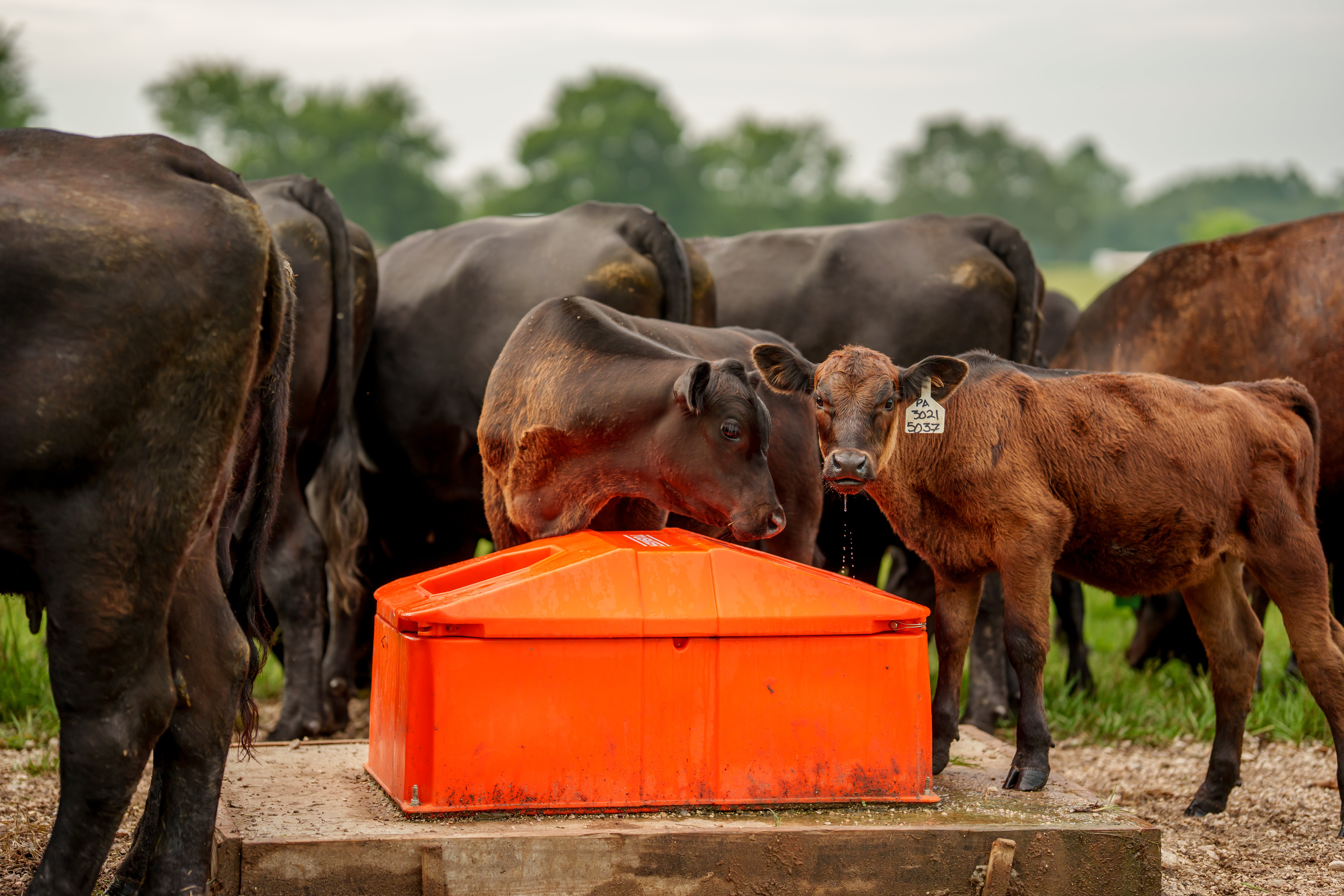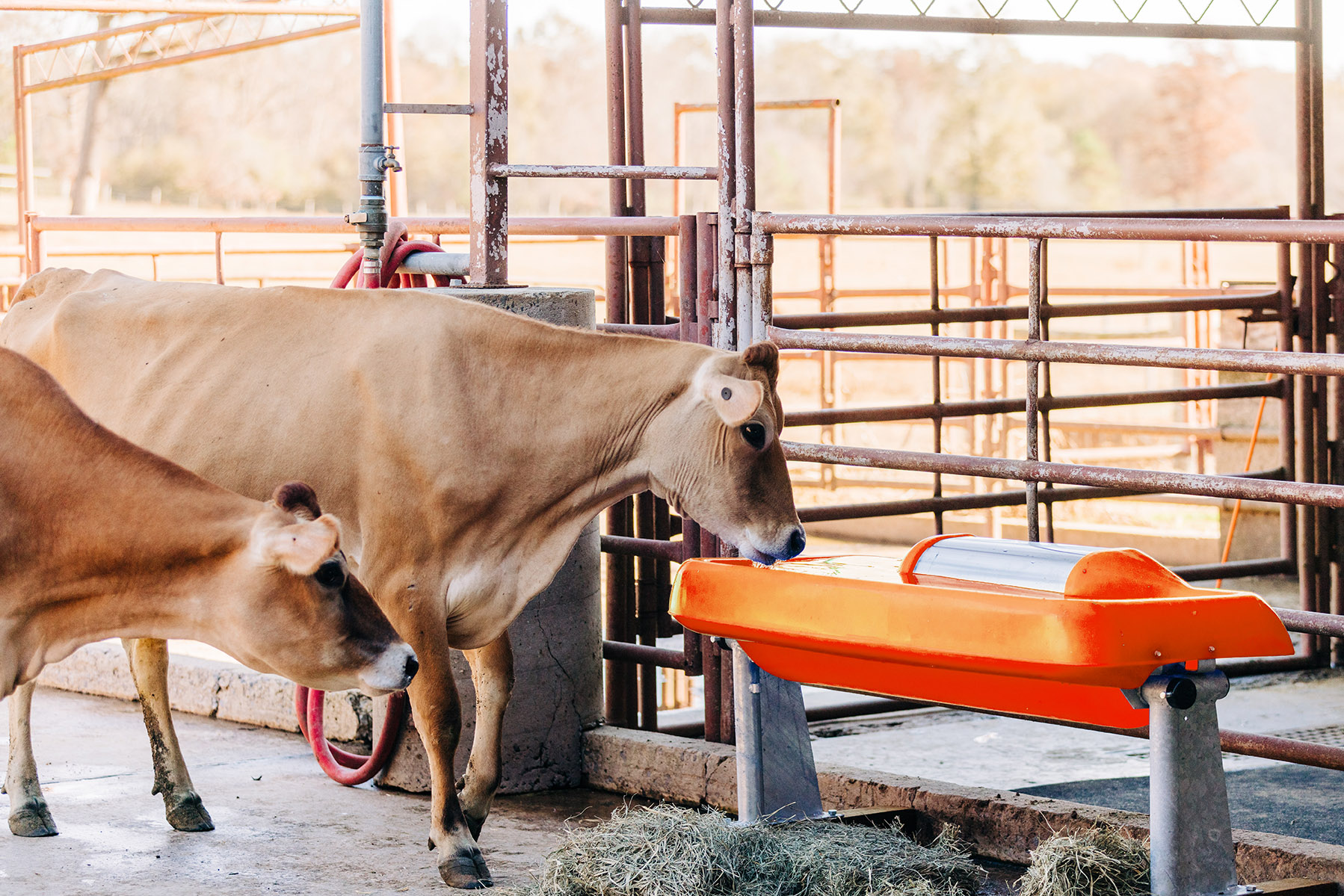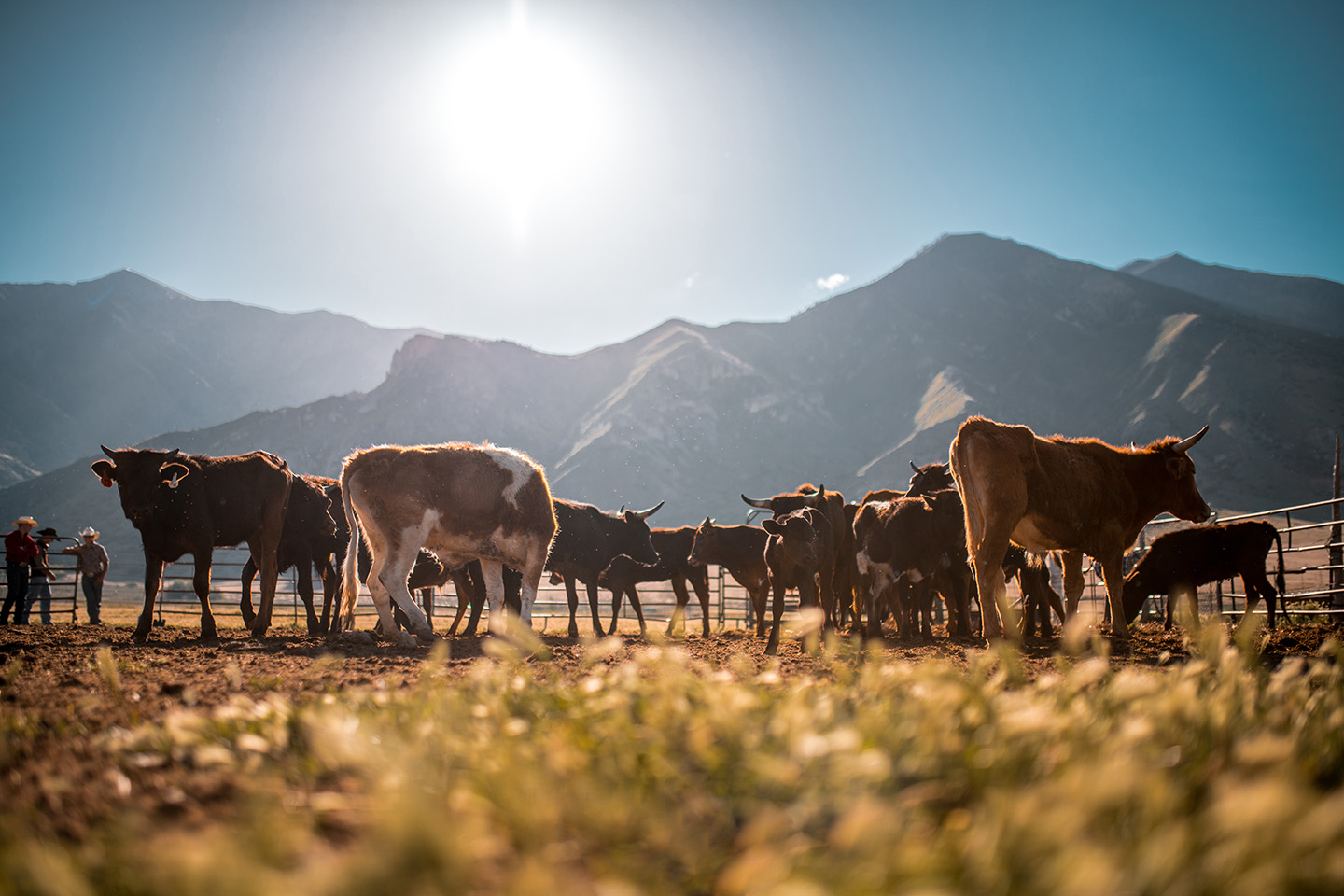Discover how configuring multi-height water stations can optimize the health and efficiency of your growing herd. Our expert insights and practical tips will guide you through the transformational journey from calves to cows.
The Importance of Water Station Height for Herd Health
The height of water stations plays a crucial role in maintaining the overall health and productivity of your herd. Proper height ensures that cattle maintain a natural posture while drinking, which is essential for their joint health and comfort. When water stations are too low or too high, it can lead to improper drinking postures, causing unnecessary strain on their joints and muscles.
Moreover, the correct height can significantly affect the intake volume. Cattle are more likely to drink adequate amounts of water if the water station is at a height that is comfortable for them. This is particularly important for young calves, as proper hydration is key to their growth and development. Ensuring optimal water station heights from an early stage can lead to healthier, more productive cattle as they mature.
Ideal Rim Heights: A Growth-Stage Chart
To provide a clear guideline, here's a growth-stage chart* outlining the ideal rim heights for water stations from calf to adult:
| Maturity | Optimal Drinking Height (in.) |
| Calves (Around 6-8 Months Old) | 16 inches - 20 inches |
| Adults (12 Months and Above) | 26 inches - 30 inches |
These heights ensure that cattle can easily access water while maintaining a natural drinking posture. Adjusting the height of your water stations, if possible, as your cattle grow is essential to support their health and maximize their intake. If height adjusting isn't possible, opt for a low-profile water tank (or a water tank that sits closer to the ground).
*The heights above are suggestions and the actual height for your cattle type may vary.
Designing Layouts for Mixed-Age Herds
Managing a mixed-age herd presents unique challenges, particularly when it comes to water station layouts. One effective strategy is to implement a split-pen design. This layout allows you to separate younger calves from older cattle, ensuring that each group has access to water stations at appropriate heights.
Fence line access is another useful design feature for mixed-age herds. By placing water stations along fence lines, you can provide access to multiple groups without the need for separate pens. This approach maximizes space efficiency and simplifies management, ensuring that all cattle have easy access to water regardless of their age or size.
If separating your herd, it might be helpful to explore a two-hole design, ensuring you leave room to access the waterer's internal mechanisms.



